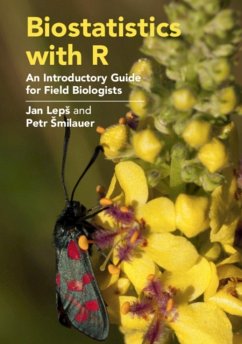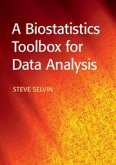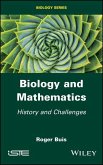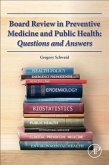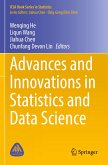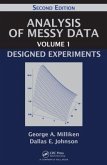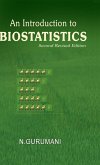A straightforward introduction on how to analyse data from the field of biological research and conservation. All chapters are supplemented by thoroughly explained R code demonstrating interpretation of the results. An ideal reference for students, researchers and professionals, as well as lecturers of undergraduate courses.
'We will never have a textbook of statistics for biologists that satisfies everybody. However, this book may come closest. It is based on many years of field research and the teaching of statistical methods by both authors. All useful classic and advanced statistical concepts and methods are explained and illustrated with data examples and R programming procedures. Besides traditional topics that are covered in the premier textbooks of biometry/biostatistics (e.g. R. R. Sokal & F. J. Rohlf, J. H. Zar), two extensive chapters on multivariate methods in classification and ordination add to the strength of this book. The text was originally published in Czech in 2016. The English edition has been substantially updated and two new chapters 'Survival Analysis' and 'Classification and Regression Trees' have been added. The book will be essential reading for undergraduate and graduate students, professional researchers, and informed managers of natural resources.' Marcel Rejmánek, Department of Evolution and Ecology, University of California, Davis, CA, USA

